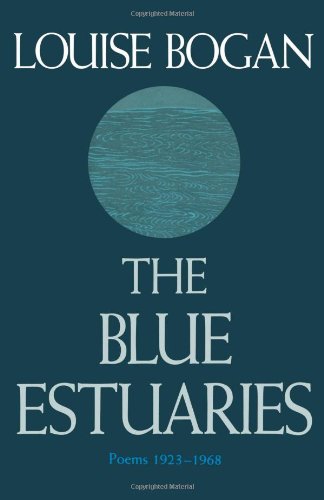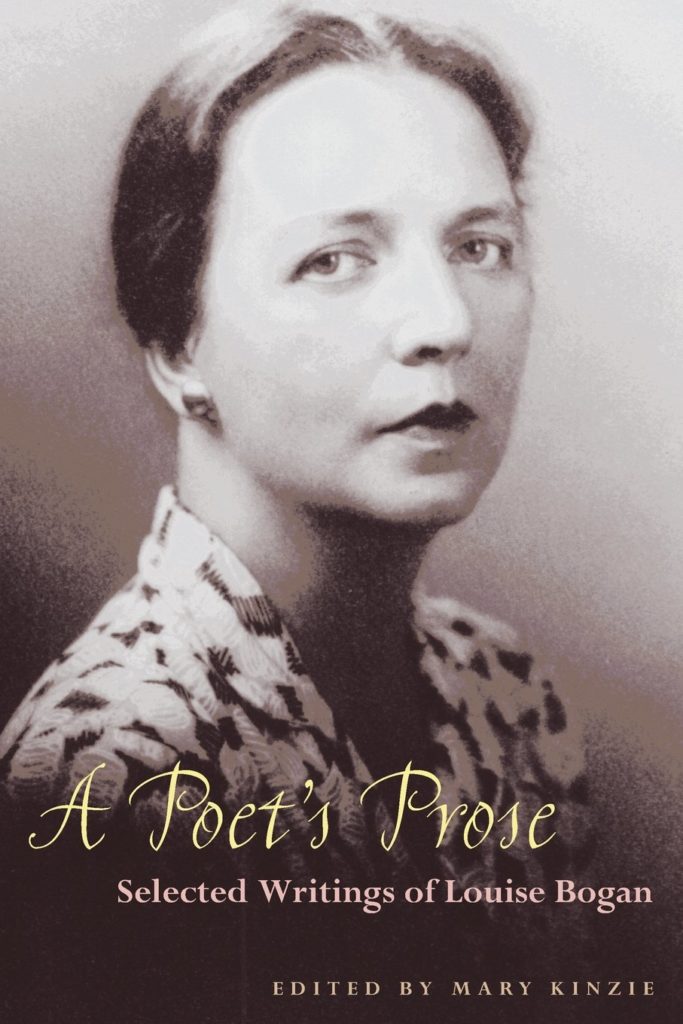About
Born in Maine to a working-class family, Bogan spent much of her childhood moving with her family throughout New England as her father switched between factory jobs. After dropping out of college, becoming a widow, and then leaving her second husband to pursue her career, Bogan settled in New York City in the early 1920s. Her first volume of poetry, Body of This Death (1923), already reveals a theme of betrayal and her “deep mistrust for all ideological commitment,” especially concerning her relationship to female poets of the past.
Throughout her career as a writer, Bogan published a few more volumes of poetry, including Dark Summer (1929), The Sleeping Fury (1937), and various editions of collected poems. Bogan infused traditional lyrical forms with high emotion in a contemporary manner. She was good friends with Theodore Roethke, but rejected many of her contemporaries (especially confessional poets, such as Robert Lowell). Bogan also wrote as a reviewer for The New Yorker for 38 years.
–Christie Finn
Related Information
Songs
I Saw Eternity
William Bolcom
Louise Bogan
Song Collection: I Will Breathe a Mountain
I Will Breathe a Mountain
Song CollectionWilliam Bolcom
Elizabeth Bishop
Louise Bogan
Gwendolyn Brooks
Edna St. Vincent Millay
H. D.
Emily Dickinson
Alice Fulton
Denise Levertov
Marianne Moore
Anne Sexton
May Swenson
Books
Sheet Music
I Will Breathe a Mountain
Composer(s): William Bolcom
Song(s): 1. Pity Me Not Because the Light of Day
2. How To Swing Those Obbligatos Around
3. The Crazy Woman
4. Just Once Text: Anne Sexton
5. Never More Will The Wind
6. The Sage Text: Denise Levertov
7. O To Be a Dragon
8. The Bustle in a House
9. I Saw Eternity
10. Night Practice
11. The Fish



